For many WredHawks this New Year, New Year’s Day celebrations include television specials, late bedtimes, and family gatherings. However, for many around the world, not only are New Year’s Day traditions different, but so is the date of New Year’s Day itself. Here is a brief overview of various New Year’s Day traditions worldwide.
Asia
Generally, Asians celebrate the New Year by setting up red decorations (the color red is considered lucky in many Asian cultures), family reunions, specific traditional foods symbolizing things such as longevity, peace, and wealth, along with red envelopes containing money for children and unmarried adults, and vibrant lion and dragon dances.
Lunar New Year is one of the most commonly celebrated Asian festivals, celebrating the start of the New Year according to the Chinese Lunisolar calendar. It is a 16-day festival and its history dates back to 3,500 years ago. Various cultures celebrate Lunar New Year, such as Korea (as Seollal), Vietnam ( as Tet), and anywhere with a significant East Asian population.
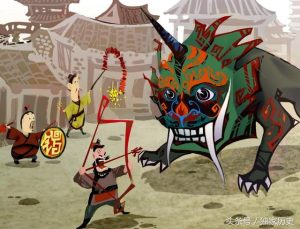
While there are many myths about Lunar New Year, one of the most common tells us how Lunar New Year started. A long, long, time ago, there was a monster named Nian(Year) who came from the bottom of the sea and once every year, came up to eat humans and animals. Every time this happened, villagers fled to the mountains. One year, chaos ensued as everyone tried to get to safety. Because of this, only an old woman took in a beggar looking for shelter. He vowed to chase Nian away, setting to work decorating homes. When Nian arrived, it saw the red paper on the doors and became fearful. While it was looking, firecrackers went off, frightening the beast. So when it saw the beggar, dressed in red and laughing at it, it ran away. The villagers came back and were surprised to see their homes still standing. They later learned that Nian’s weakness was the color red, firecrackers, and loud noises.
A variety of cultures celebrate Lunar New Year, such as Korea (as Seollal), Vietnam ( as Tet), and anywhere with a significant East Asian population.
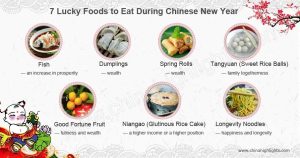
In China, New Year traditions include cleaning to sweep away bad luck, New Year Markets, and shou shi (where people stay awake all night and light fireworks to keep the monster called Nian away. While in Korea, traditions include ancestor reverence, food such as ddeokgeok, which is a rice cake soup that marks a person’s Lunar Calendar birthday, and card games such as Hwatu.
However, in Japan, there are different traditions, such as auspicious decorations, kimonos, visiting local shrines on New Year’s Day, feasts with auspicious foods, such as rice cakes, kuroname (sweet black beans), kobumaki (rolled kelp), and shrimp, which is believed to promote longevity because of it’s curved shape. In South Asia, the New Year is also a water festival,(basically a giant water fight) along with popular traditions such as massive tug-of-war games, sweet exchanges, parades, and traditional games and dancing.
North America and Europe
As the clock ticks towards midnight, Europe and the Americas come alive with a spectrum of New Year’s Eve traditions that highlight their rich cultural tapestry.
In Europe, the night sky is set ablaze with fireworks, and in Spain and Italy, locals welcome the New Year by consuming twelve grapes at the stroke of midnight, symbolizing good luck for the upcoming months. Meanwhile, Scotland’s Hogmanay celebration introduces “first-footing,” where the first visitor brings gifts, signifying prosperity for the household.
Crossing the Atlantic, the United States captivates the world with the iconic Times Square Ball drop, a spectacle watched by millions. Latin American countries contribute to the mosaic with customs like wearing colorful underwear for luck and burning effigies to bid farewell to the past year’s challenges.
Despite regional nuances, common threads unite these celebrations. New Year’s resolutions, emphasizing personal growth, echo across both continents. Festive gatherings with family and friends, marked by music and feasting, create a

universal atmosphere of joy and optimism, emphasizing the shared belief that the way one welcomes the new year sets the tone for the months ahead. As the world bids farewell to the old and welcomes the new, the New Year’s traditions in Europe and the Americas stand as a testament to the rich diversity that defines these regions. From grapes in Spain to effigy burning in Latin America, these customs encapsulate a collective hope for a prosperous and fulfilling year ahead.
Overall, there are so many New Year’s Day dates and traditions. Which were your favorites? How do you celebrate New Year’s Day?



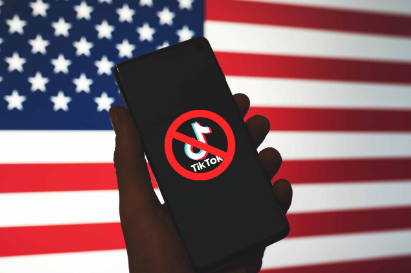
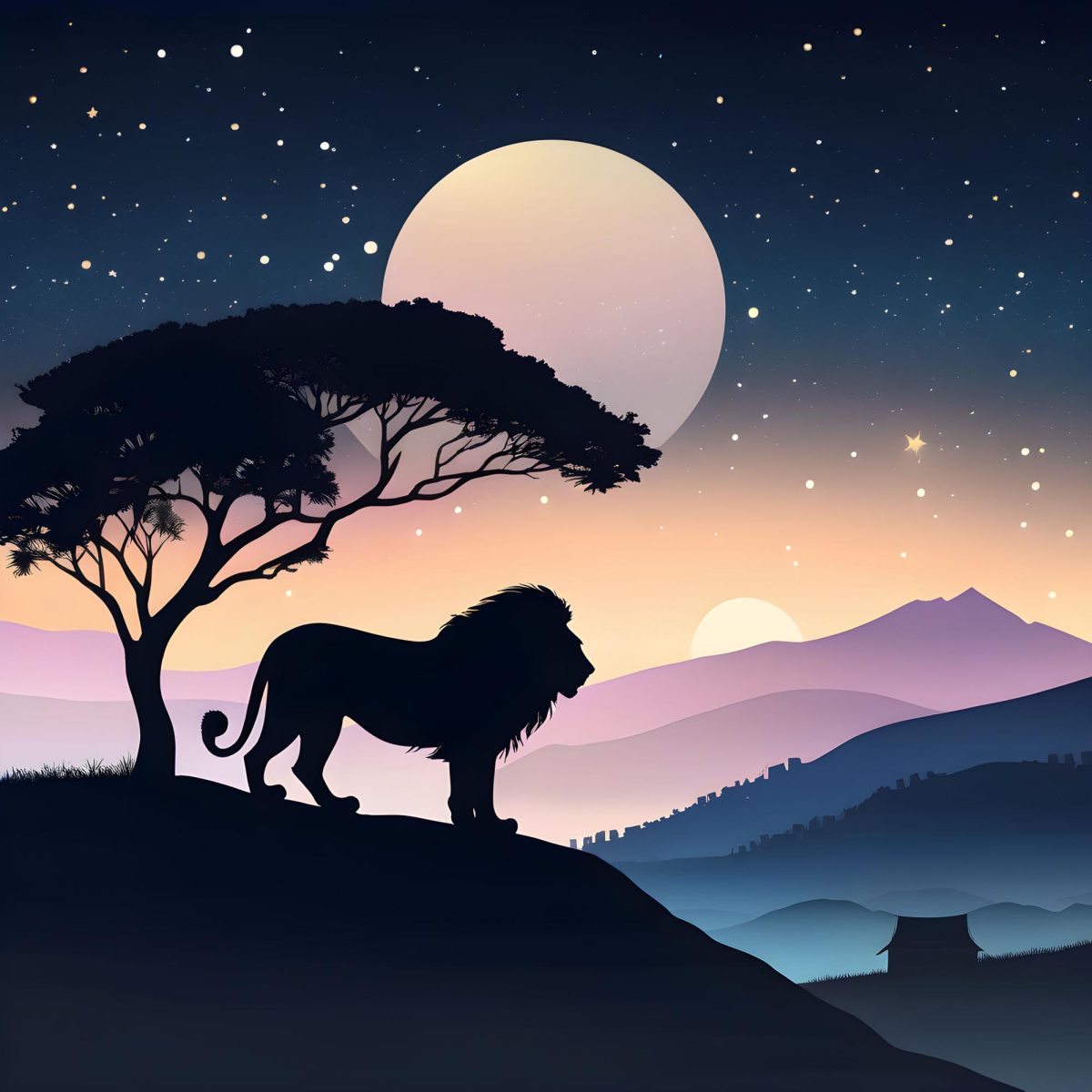



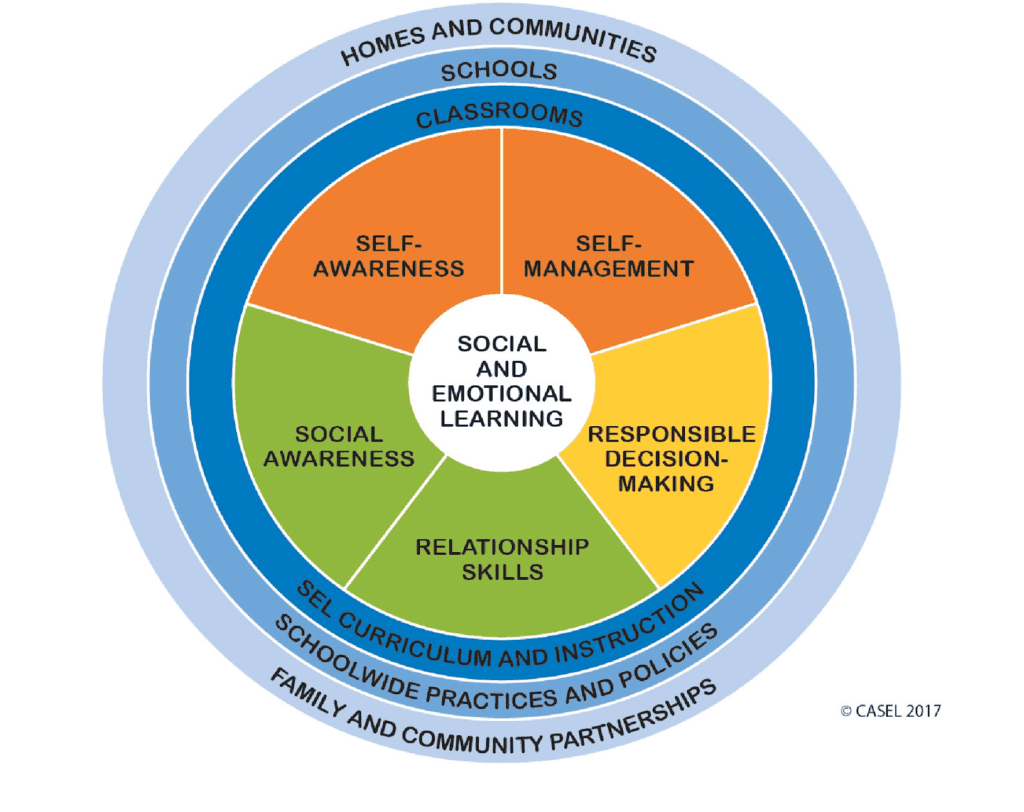





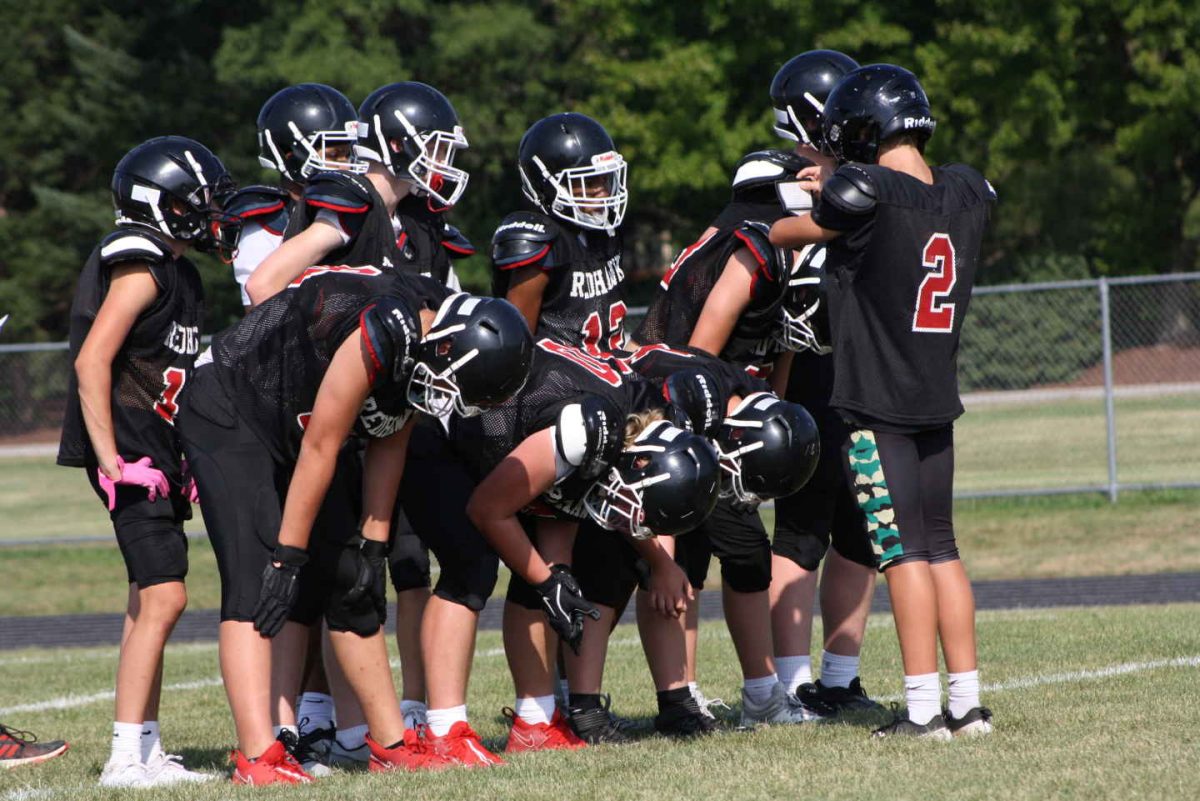
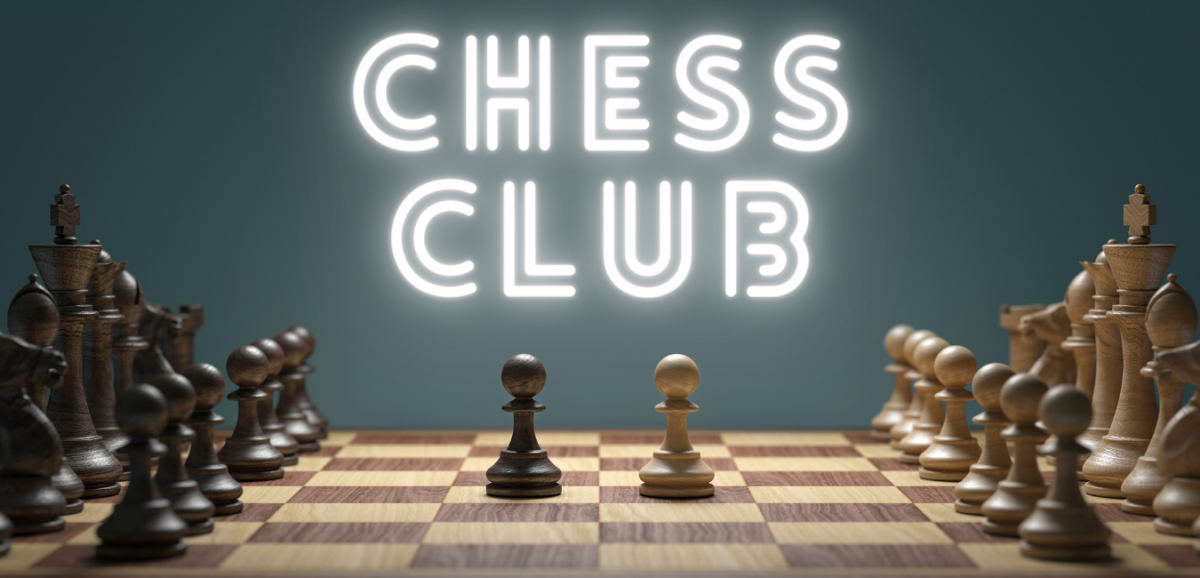





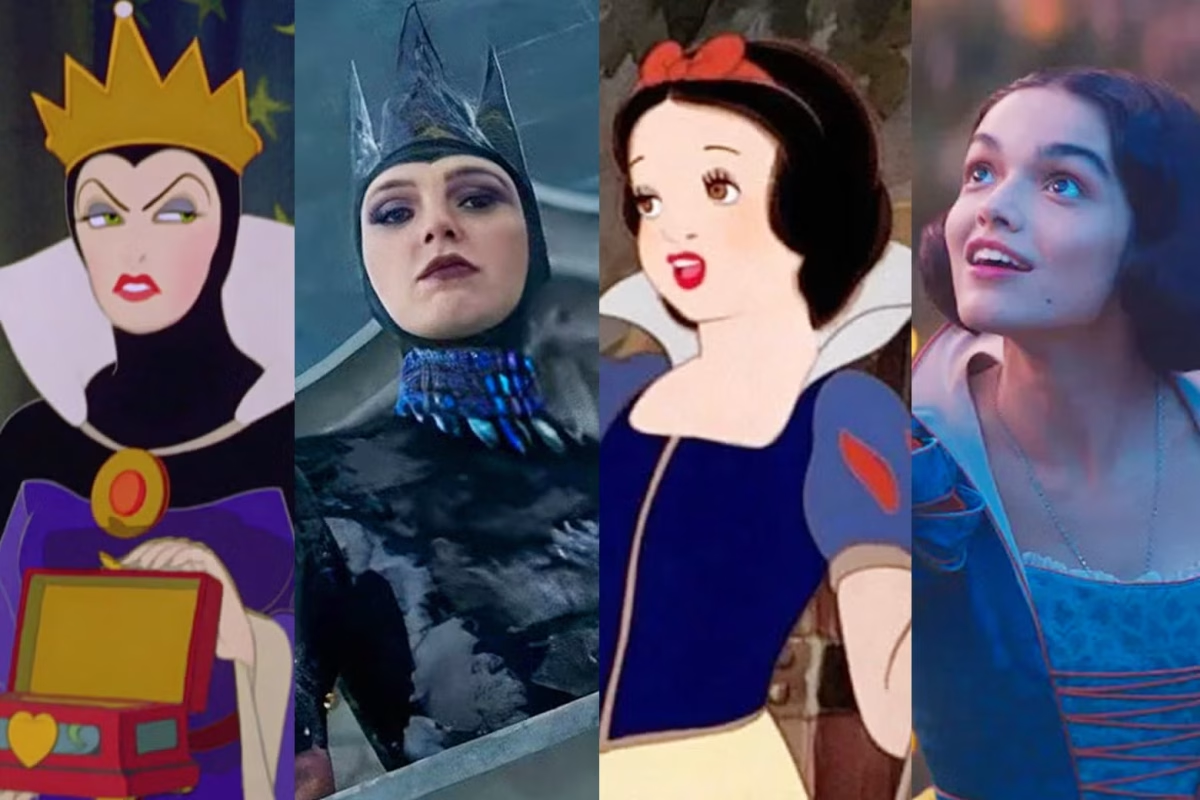
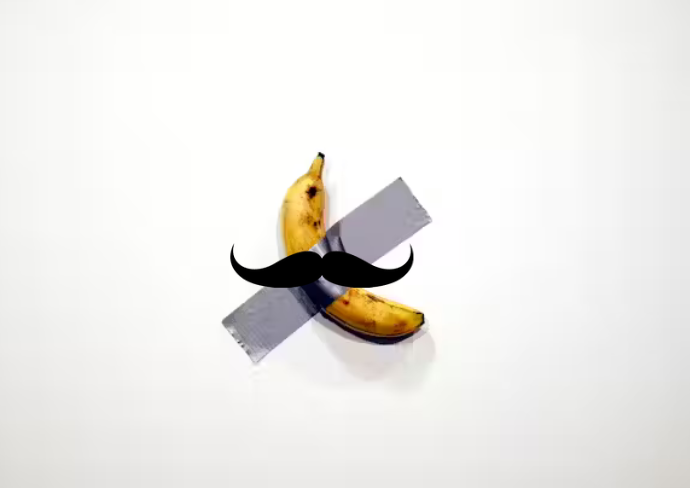



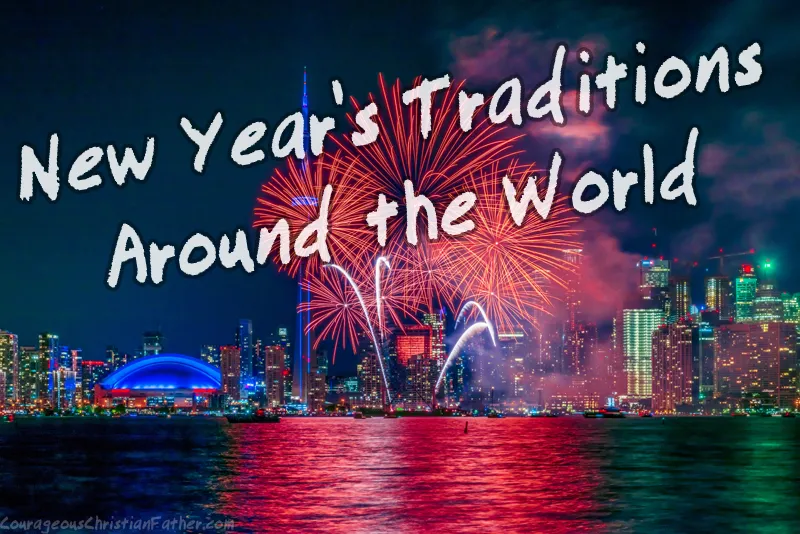


Mrs. Olson • Dec 22, 2023 at 1:01 pm
Great writing! Very cool to learn about the different ways this is celebrated.
Haileigh Prill • Dec 22, 2023 at 8:48 am
What a great article! I never knew there were so many more things part of the new year than how I celebrate! You guys did great